THE WAYS OF THE CENTERED CROSS
In the evolving landscape of spiritual development, the Centered Cross offers a potent symbol of wholeness and integration. With four equal arms radiating from a unified center, this cross maps the multidimensional human being across four great currents: Eros (the longing of desire), Agape (the outpouring of love), the Masculine (the power of form), and the Feminine (the mystery of flow). But these are not abstract qualities alone; they are dynamic energies that animate the body, mind, soul, and spirit—what we might call the four primary “stations” of our unfolding.
Each direction of the cross expresses itself uniquely at each station. This creates a mandala of sixteen archetypal modes of being—The 16 Stations of the Unitive Way—that offer a framework for mature spiritual integration. These are not fixed roles, but living energies that we cycle through, refine, and embody more fully over time. Each archetype carries gifts to be cultivated and shadows to be transmuted. To walk the Unitive Way is to know them all intimately, not in abstraction, but in practice, presence, and the wisdom of experience.
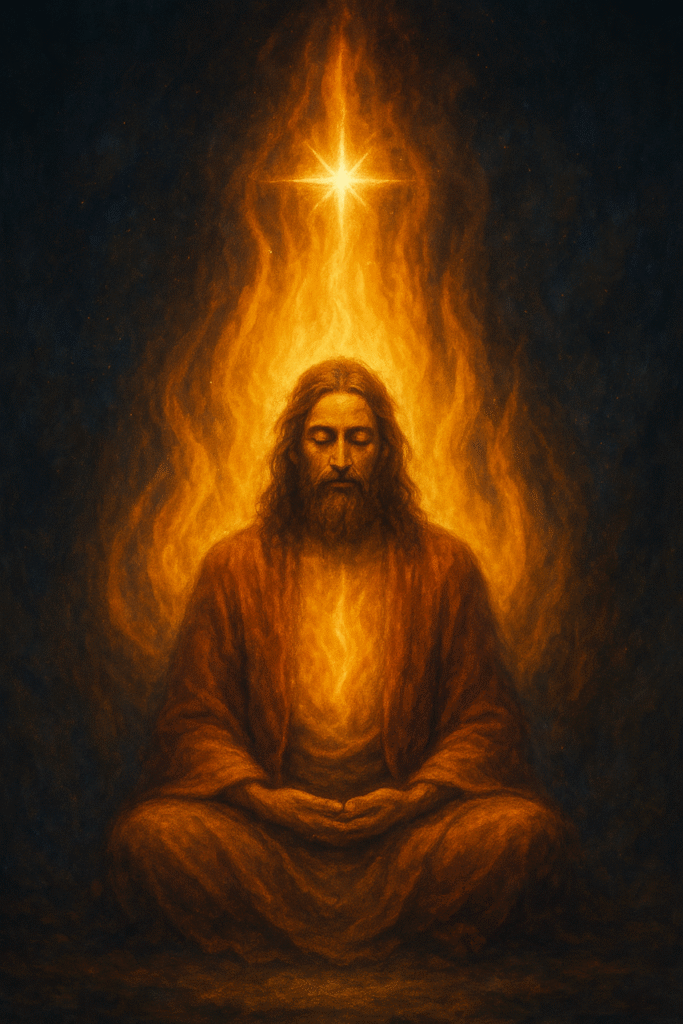
EROS: The Current of Vitality, Passion, and Longing
1. Eros of the Body – The Lover
The Lover delights in sensual connection and physical aliveness. Here, eros is expressed through touch, dance, sexuality, and the joy of embodiment. This station develops through athletic or sensual disciplines that awaken the body to pleasure in presence—movement not for performance, but for communion. Yet the Lover’s challenge is to not confuse sensation with intimacy; chasing pleasure without deeper integration can lead to addiction or burnout. The shadow of the Lover is the Addict, who pursues gratification compulsively. This distortion is healed by grounding desire in sacred embodiment and cultivating pleasure as a path to presence.
2. Eros of the Mind – The Seeker
The Seeker is the one whose intellect is animated by curiosity and the thirst for knowing. This station fuels learning and exploration—whether philosophical, scientific, or imaginative. Eros at this level is the fire behind ideas that seduce the mind into endless discovery. But the Seeker must beware of substituting stimulation for depth. Mental obsession or manic ideation can mask a lack of emotional or spiritual grounding. The distorted archetype here is the Obsessive Thinker, who becomes addicted to novelty or information. Integration comes when curiosity is tempered with contemplative stillness and knowledge is offered in service of truth.
3. Eros of the Soul – The Beloved
The Beloved yearns not just for another, but for union with the sacred. The soul’s eros is rich with longing for beauty, truth, and deep connection—with people, nature, and the Divine. It stirs dreams, symbols, and poetry. The Beloved may walk the path of devotion or archetypal romance, but risks falling into spiritual romanticism—projecting divinity onto others or mistaking suffering for sanctity. Its distorted form is the Martyr-Lover, who seeks transcendence in pain or loss. The healing comes through learning to hold longing without attachment and to see the Beloved in all things—not just the unattainable.
4. Eros of the Spirit – The Mystic Flame
The Mystic Flame burns for Reality itself. Here eros reaches beyond form, seeking to merge with the Absolute. This is the ecstatic mystic whose longing is undivided—no longer tied to person, idea, or image, but aimed at the unnamable. Practices of self-inquiry or contemplative prayer may awaken this station. But the risk here is spiritual bypassing: fleeing the world in pursuit of transcendence. The Mystic Flame’s shadow is the Escapist Mystic, who disembodies love in the name of light. The path of return is through embracing life as divine—seeing the world not as illusion, but as radiance incarnate.
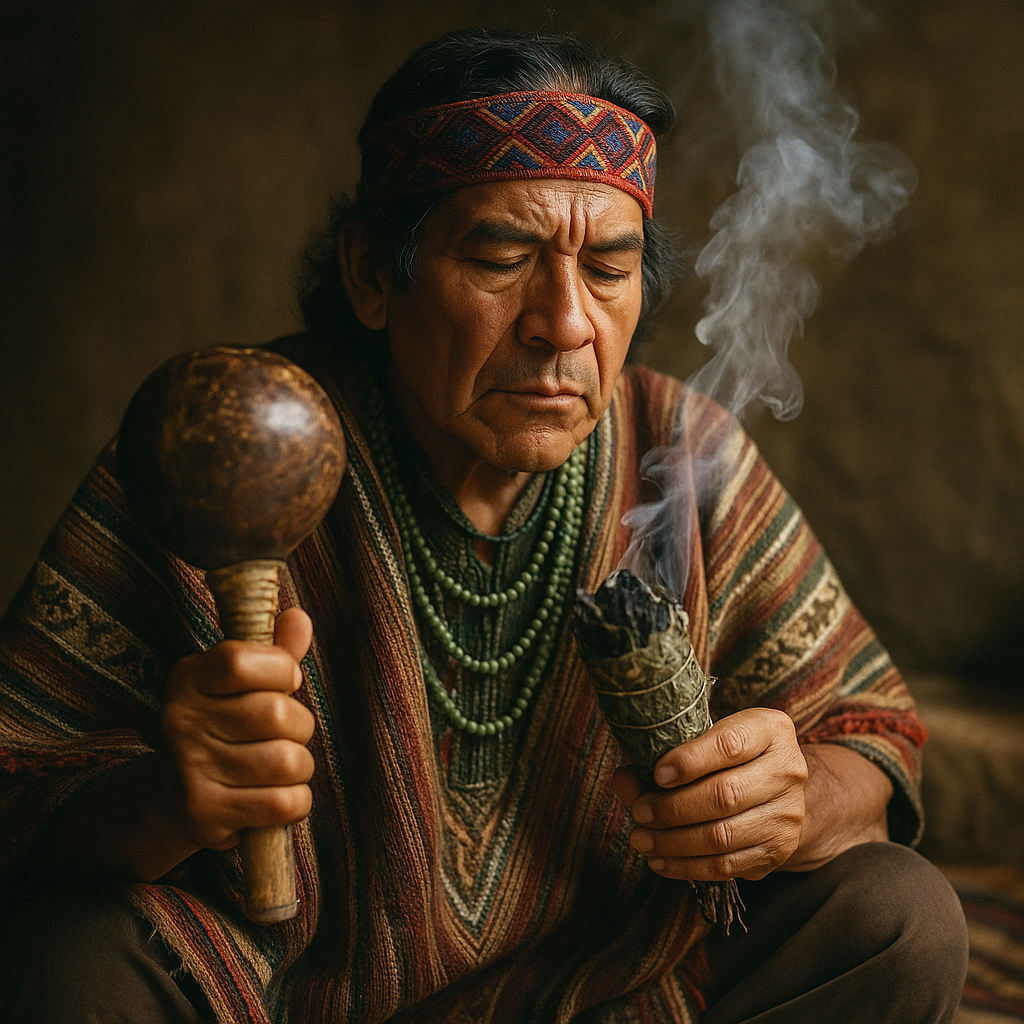
AGAPE: The Current of Love, Service, and Grace
5. Agape of the Body – The Caregiver
The Caregiver shows love through tangible acts of service and protection. This is the one who changes diapers, holds hands in hospice, and expresses devotion through labor. Agape in the body is the humble channel of grace into flesh. Yet the shadow is the Self-Neglecting Servant, who gives without boundaries until depleted. Integration occurs when the Caregiver learns to nourish themselves first, embodying love without losing the self.
6. Agape of the Mind – The Wise Counselor
The Wise Counselor speaks with clarity and listens with compassion. This archetype uses intellect to serve wisdom, bridging emotional insight and rational thought. Whether in therapy, teaching, or intimate conversation, this station calls for mental spaciousness paired with emotional intelligence. Its distorted form is the Fixer—offering unsolicited advice and confusing control for care. The mature Counselor knows that presence often heals more than solutions, and that insight must be offered in service, not superiority.
7. Agape of the Soul – The Healer
The Healer channels archetypal compassion. This is not mere empathy, but the capacity to hold another’s pain with depth and strength. It shows up in soul-level caregiving, shamanic work, and deep relational presence. The shadow is the Wounded Rescuer, who takes on others’ pain as their own and loses clarity in identification. Healing lies in cultivating boundaries and letting divine love—not personal ego—be the source of healing.
8. Agape of the Spirit – The Radiant Heart
The Radiant Heart is the outpouring of universal love that knows no bounds. It radiates compassion, forgiveness, and blessing without preference. This is the Bodhisattva heart, loving without condition. But its shadow is the Inflated Saint, who believes their love makes them special or superior. True Radiant Heart is ego-less; it loves not to be seen, but because it is love.
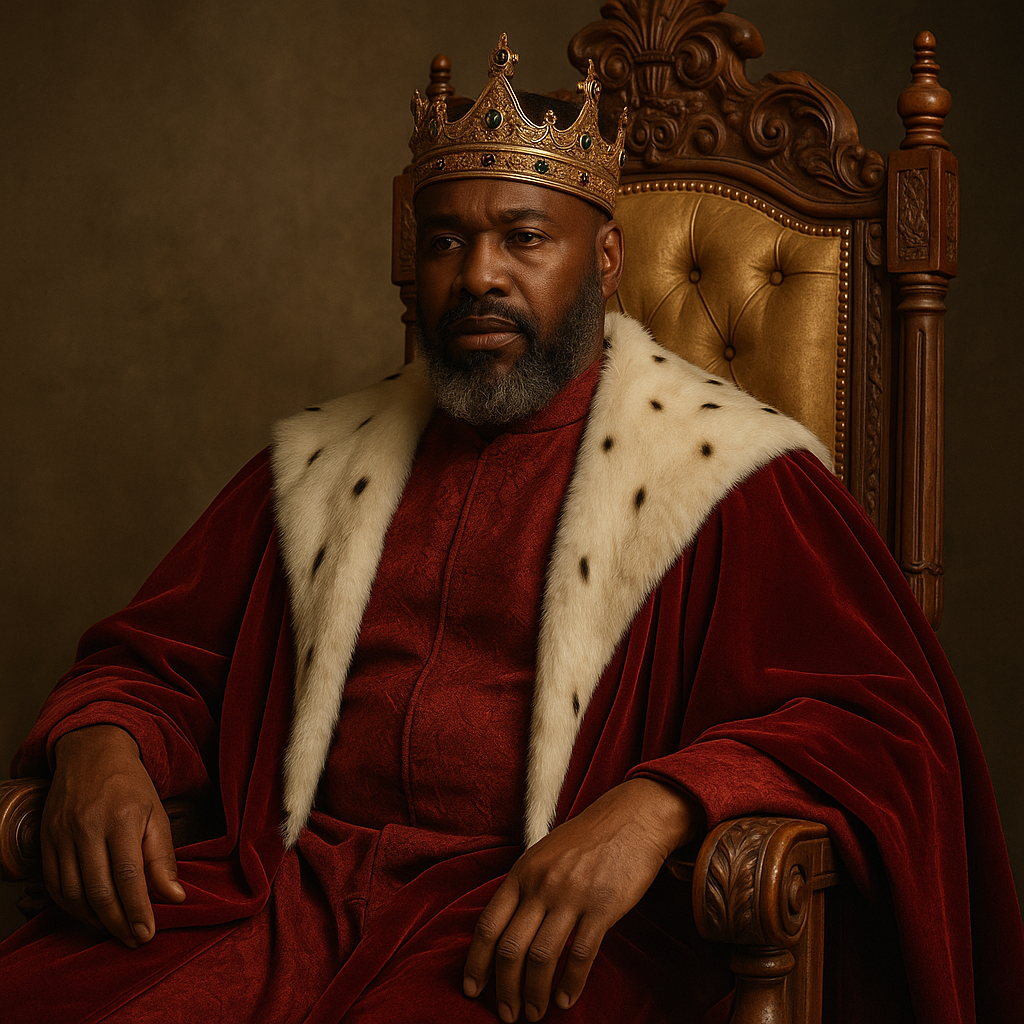
MASCULINE: The Current of Form, Will, and Clarity
9. Masculine of the Body – The Warrior
The Warrior disciplines the body to serve clarity, direction, and protection. Through strength training, martial arts, or endurance practice, the Warrior shapes the body into a vessel of courage and service. He values integrity in action and stands firm in crisis. But when distorted, the Warrior becomes the Over-Controller or Bully, repressing emotion and mistaking harshness for strength. True strength arises when the Warrior learns to hold softness within his power, and when protection is offered not from fear, but from love.
10. Masculine of the Mind – The Architect
The Architect builds systems of understanding—logical, technical, structural. This station expresses as the philosopher, coder, engineer, or strategist who thrives on clarity and precision. The Architect draws maps of meaning and organizes the chaos of reality. But when rigid, he becomes the Dogmatist, clinging to ideology and rejecting mystery. The mature Architect allows structure to serve spirit, and remains open to revision, holding frameworks lightly even as he builds with precision.
11. Masculine of the Soul – The Sovereign
The King (Sovereign) holds archetypal authority with dignity and care. His soul is ordered around the principles of justice, vision, and blessing. This station expresses in conscious leadership, mature fatherhood, and sacred stewardship of communities. But wounded, the King becomes the Tyrant—grasping for control—or the Abdicator, shrinking from responsibility. Integration occurs when the inner throne is occupied from a center of service, where the Sovereign’s power blesses the whole, not the ego.
12. Masculine of the Spirit – The Witness
The Witness is the masculine face of pure awareness—spacious, still, and silent. It observes the arising and passing of all phenomena without identification. This station is cultivated in contemplative practice and realized in the presence that sees without grasping. Its distorted form is the Dissociative Bystander, who uses detachment to avoid feeling or intimacy. Maturity is reached when the Witness no longer retreats from life, but beholds it all with luminous clarity and quiet compassion.
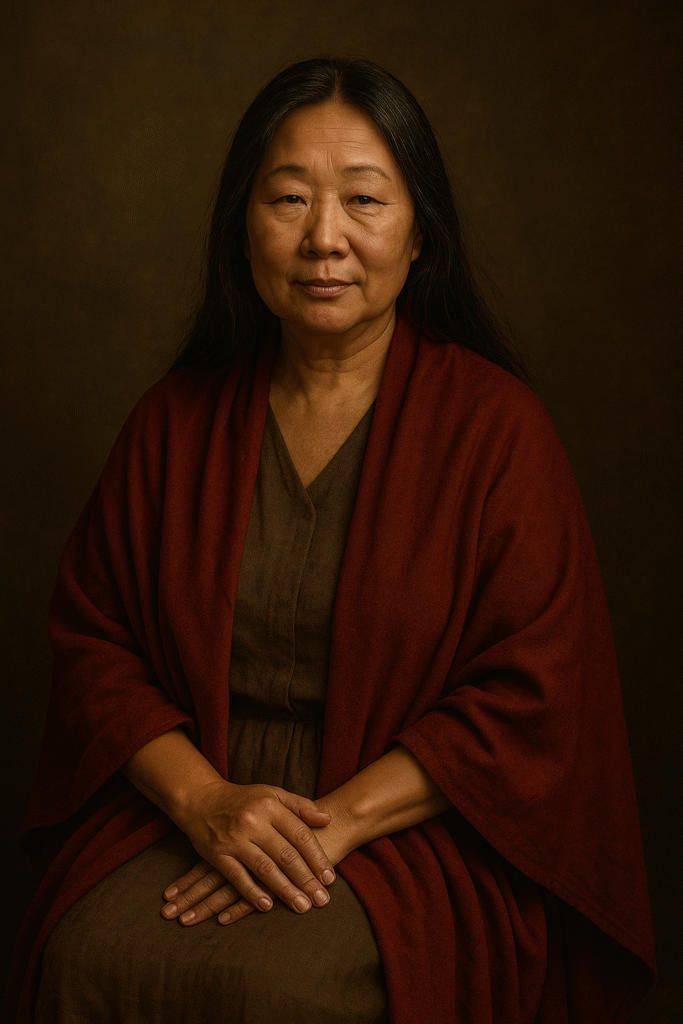
FEMININE: The Current of Flow, Mystery, and Communion
13. Feminine of the Body – The Dancer
The Dancer moves with sensual flow, rhythm, and inner listening. She teaches embodiment through breath, sway, and surrender. Whether in ecstatic dance or mindful movement, the Dancer’s wisdom is to move with rather than against the current of life. Her shadow is the Disembodied Mystic—ungrounded, chaotic, or hyper-emotional. Maturity arises when she anchors her movement in presence, allowing the body’s wisdom to lead while remaining tethered to the earth.
14. Feminine of the Mind – The Weaver
The Weaver sees in patterns and speaks in symbols. Her intelligence is intuitive and non-linear, weaving meaning through dreams, metaphors, and myth. She is the storyteller, the intuitive, the astrologer, the creative interpreter of mystery. But she may become the Fantasist—confusing signs with facts or abandoning logic altogether. When whole, the Weaver balances mythic vision with discernment, allowing mystery to inform thought without overwhelming it.
15. Feminine of the Soul – The Dreamer
The Dreamer lives close to the imaginal realm, where psyche, archetype, and deep intuition meet. She receives wisdom from dreams, the unconscious, and the collective soul. She is the witch, the mystic, the depth psychologist, the visionary artist. But she can become the Escapist Visionary, retreating into fantasy to avoid life’s demands. The mature Dreamer returns from the underworld bearing gifts for the community—no longer escaping, but guiding.
16. Feminine of the Spirit – The Great Mother (Ground of Being)
The Great Mother is the all-embracing Ground of Being. She births, holds, and dissolves. Her presence is tender, vast, and void-like—beyond definition, but profoundly nourishing. She appears as the Earth, the Womb, the Madonna, the field of compassion in which all things rest. Yet when shadowed, she becomes the Devouring Mother—overprotective, enmeshing, or overwhelming. She is redeemed when she learns to hold without clinging, and to offer space as love’s most generous form.
To walk the Unitive Way is not to become sixteen different people, but to awaken these sixteen aspects within yourself as facets of a single jewel. Each archetype is a voice in the great chorus of your being. The Centered Cross is not only a symbol to contemplate—it is a choreography to live. These sixteen stations are its sacred steps. You may enter through any one of them, but wholeness calls you to dance them all.
In their fullness, these archetypes are not fixed roles, but developmental invitations—beckoning us to integrate the body, refine the mind, awaken the soul, and rest in spirit. To embody them is to become truly whole: rooted in the world, open to others, and centered in Being itself.
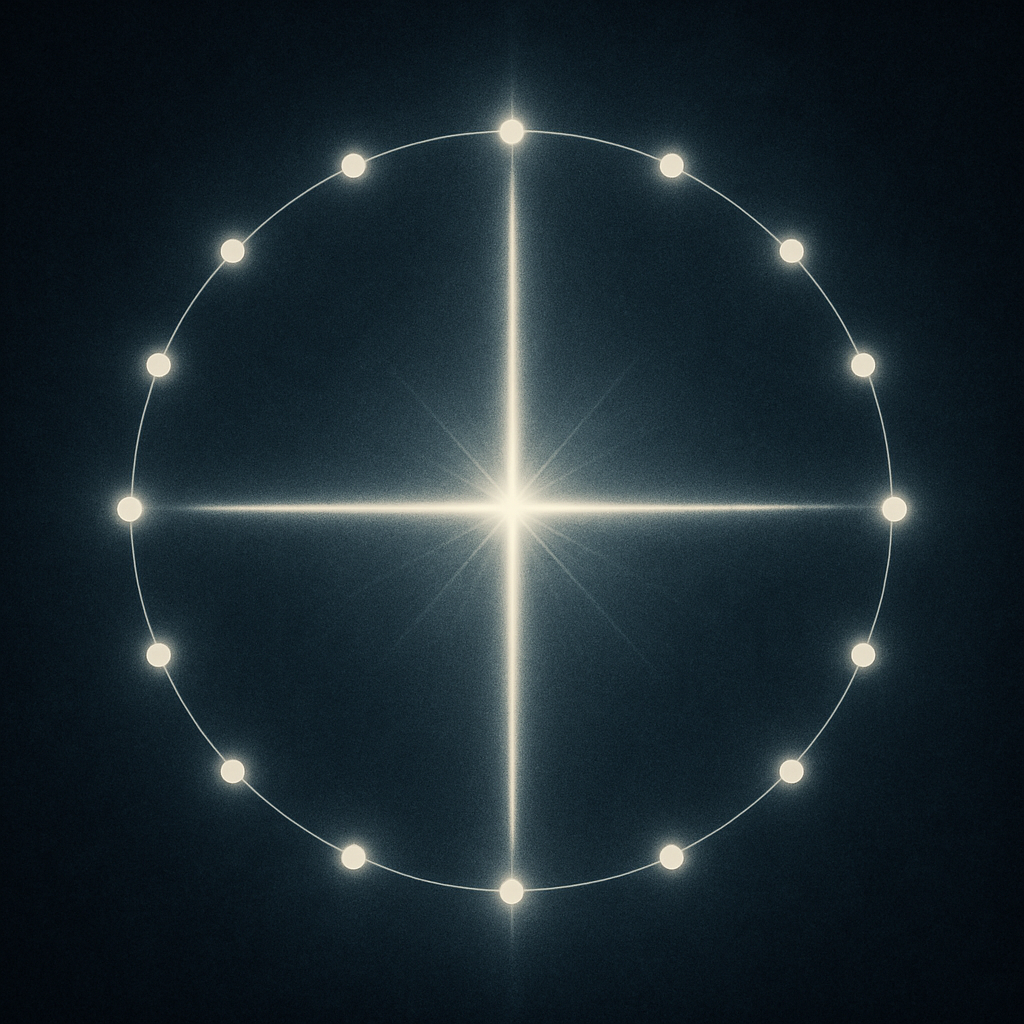

Recent Comments